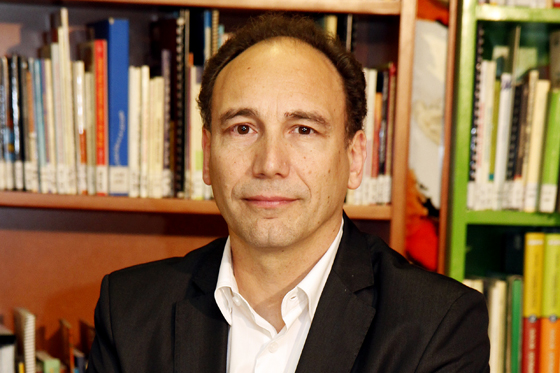Lendo a dissertação de mestrado recente de Vagarinho, J. (2011), aprendemos mais sobre esta questão. Conclui o autor, a partir de estudo de caso de utilização da Plataforma Moodle em ensino universitário:
No âmbito do estudo realizado e dando resposta à questão de investigação, concluiu-se que a actividade mais utilizada é o recurso com 45% classificada de ―Sempre, seguido do fórum com 22% também classificada de ―Sempre. Por outro lado, exercício, lição e trabalhos são três actividades "Muitas vezes" (56%) utilizadas. E a actividade Etiqueta foi a menos utilizada com 78% da classificação "Nunca". O fórum é a actividade mais fácil de utilizar e em conjunto com a actividade trabalhossão as principais na avaliação dos alunos. Ainda relativamente à actividade fórum e em conjunto com a actividade recursos são as mais aceites pelos intervenientes. Também concluímos que o recurso é a actividade com mais preferência e que estas actividades permitem uma colaboração fácil entre o professor/aluno, aluno/professor e vice-versa.
Um outro estudo recente, acedido através do precioso RCAAP: Kaufmann, M (2010). Moodle as a central platform for the Virtual Campus. A partir de um estudo realizado sobre a Escola Superior Paula Frassinetti, conclui-se:
Our perspective is that, step by step, our institution will be moving towards a 24x7 service provider, available through the Internet, with rich on-line materials and tools like discussion forums and chats, facilitating the creation and fortification of learning communities.We can see an increase of the demand for digital educational content, both by professors and by students. The production of quality educational content is a time-and-money consuming enterprise, regardless, if the content is produced by an outer entity or directly by the professor.
One of the biggest challenges for the future is the reutilization of educational content.
The first major task is to find ways to make educational content (or parts of it) reusable. As all indicates, this shall not be a technique, which is applied to content after its creation. Therefore, material has to be redesigned to be deliverable and divisible, for instance, using the SCORM 2004 model from the ADL initiative (ADL, 2006). In consequence, we foresee that, eventually, whole courses have to be rethought. The second task is to create a flexible digital educational repository, which permits the discovery and the reuse of existing content. Ideally, such a repository should be integrable with the eCampus Moodle technology.
Esperemos estudos deste tipo sobre outros níveis de escolaridade.
See this Amp at http://amplify.com/u/a14uq2



